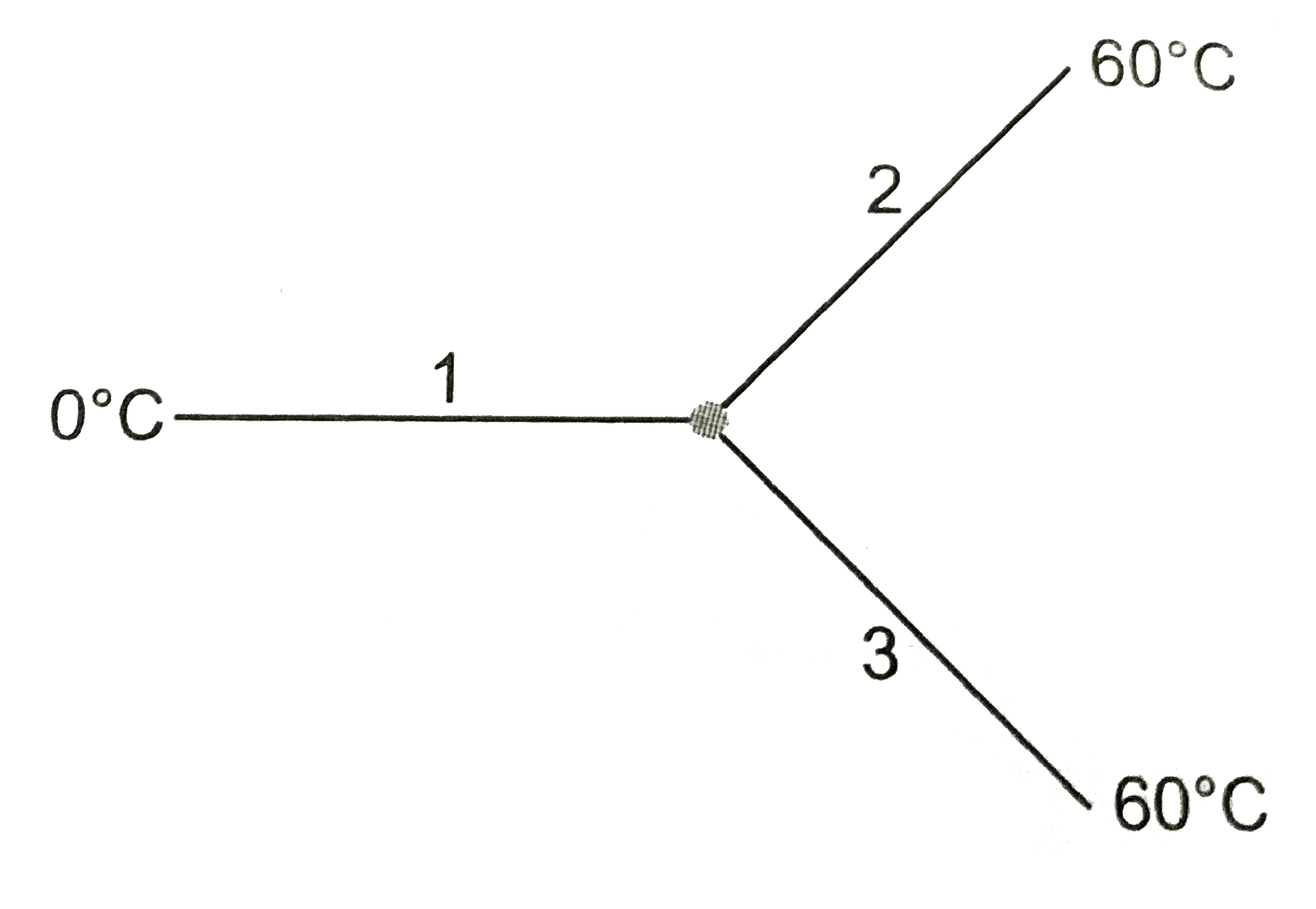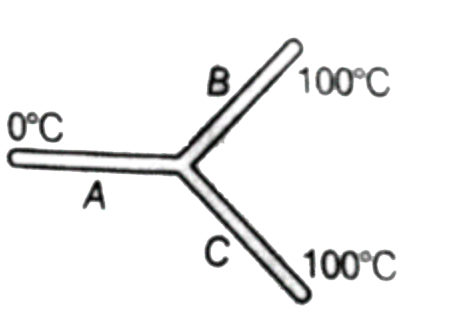Two rods A and B of same metal and of same cross-section have length in the ratio 1:2 One end of each rod is at O∘C and temperature of other ends are 30∘C and 40∘C respectively Which of the rod will have higher flow of heat ? .
Rod A
Rod B
Both will have same
Depends upon the shape
The correct Answer is:A
Step by step video, text & image solution for Two rods A and B of same metal and of same cross-section have length in the ratio 1:2 One end of each rod is at O^(@)C and temperature of other ends are 30^(@)C and 40^(@)C respectively Which of the rod will have higher flow of heat ? . by Physics experts to help you in doubts & scoring excellent marks in Class 11 exams.
Updated on:21/07/2023Topper's Solved these Questions
- TRANSMISSION OF HEATBook:NARAYNAChapter:TRANSMISSION OF HEATExercise:LEVEL -1 (C.W)
Explore 1 Video
- TRANSMISSION OF HEATBook:NARAYNAChapter:TRANSMISSION OF HEATExercise:LEVEL (C.W)
Explore 13 Videos
- TRANSMISSION OF HEATBook:NARAYNAChapter:TRANSMISSION OF HEATExercise:LEVEL-II(C.W)
Explore 27 Videos
- THERMODYNAMICSBook:NARAYNAChapter:THERMODYNAMICSExercise:Exercise
Explore 187 Videos
- UNITS AND MEASUREMENTSBook:NARAYNAChapter:UNITS AND MEASUREMENTSExercise:STATEMENT TYPE QUESTION
Explore 23 Videos
Similar Questions
Three rods made of same material and having the same cross-section have been joined as shown in fig. each rod is of the same length. The left and the right ends are kept at 0∘C and 90∘C respectively. What will be the temperature of the junction of the three rods?

View SolutionThree rods made of same material and having same cross-section have been joined as shown in Fig. 7(e).18. Each rod is of the same length. The left and the right ends are kept at 0∘C and 60∘C respectively. What is the temperature of the junction of the three rods.

View Solution
Knowledge Check
Three rods made of same material and having the same cross-section have been joined as shown. In the figure.Each rod is of the same length. The left and right ends are kept at 0∘Cand90∘C respectively. The temperature of the junction of the three rods will be
 A45∘CB60∘CC30∘CD20∘C
A45∘CB60∘CC30∘CD20∘CThree rods made of the same material and having the same cross-section have been joined as shown in the figure. Each rod is of the same length. The left and right ends are kept at 0∘C and 90∘C, respectively. The temperature of junction of the three rods will be
 A45∘CB60∘CC30∘CD20∘C
A45∘CB60∘CC30∘CD20∘CFive rods of same material and same cross-section are joined as shown. Lengths of rods ab, ad and bc are l, 2l and 3l respectively. Ends a and c are maintained at temperatures 200∘C and 0∘C respectivelly.

For what length x of rod dc there will be no heat flow through rod bd ?A4lB2lC6lD9l
Three rods AB,BC and BD made of the same materical and having the same area of cross section have been joined as shown is the The ends A,C and D are held at temperatures 20∘C Cand 80∘C respectively If each rod is of same length then find the temperature at the junction B of the three rods
 .
.
View SolutionThe thermal conductivity of copper is four times that of brass. Two rods of copper and brass of same length and cross-section are joined end to end. The free end of copper rod is at 0∘C and that of brass rod at 100∘C. Calculate the temperature of junction at equilibrium. neglect radiation losses.
View SolutionThree rods are made from the same material and having the same cross-sectional area and length have been joined as shown in the figure.

The left end and right end are kept 0∘Cand100∘C , respectively . The temperature of the junction of three rods will be
View SolutionFive rods of same material and same cross-section are joined as shown. Lengths of rods ab, ad and bc are l, 2l and 3l respectively. Ends a and c are maintained at temperatures 200∘C and 0∘C respectivelly.

If x has the value calculated in the above question. Then temperature of junction b or d is
View SolutionThree rods A, B and C of the same length and same cross-sectional area are joined as shown. Their thermal conductivities are in the ratio 1:2:3/2. If the open ends of A and C are at 200∘C and 18∘C, respectively, then the temperature at the junction of A at steady state is

View Solution

